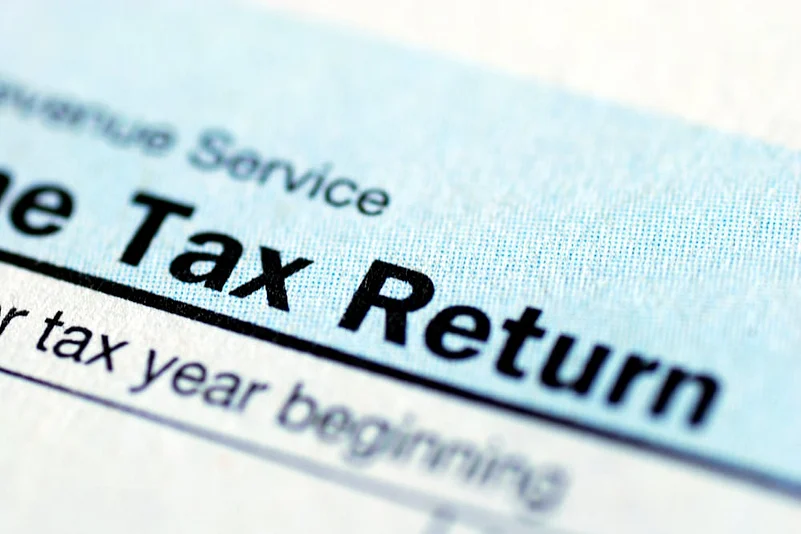If you’ve ever filed your income tax return (ITR) and then spotted a silly mistake after hitting submit, you’ll know how frustrating it can be to fix it. Until recently, there was no easy way out. Even if your return hasn’t been verified yet, you have to go through the entire process of filing a revised return. It took time and effort, and frankly, it felt a bit unnecessary for small corrections.
Now, there’s good news. The Income Tax Department has introduced a new feature called the “Discard Return” option. And yes, it does exactly what it sounds like — it lets you completely delete your original ITR if it hasn’t been verified yet. It’s like a reset button for your tax filing.
This is a big deal. Earlier, even a tiny error meant you had to verify the return, wait for it to process, and then go back and file a revised version. That’s no longer necessary. As long as you haven’t verified your return yet — either digitally or by sending the ITR-V — you can just discard it and file a brand-new one.
How To Discard Your Return
The process is simple, too. Just log in to the Income Tax portal, go to the e-Verify Return Return section, and if your return is still pending for verification, you’ll now see an option to “Discard Return.” One click, a quick confirmation, and it’s gone. You’re then free to start over with a fresh, clean return — no clutter, no confusion.
You can discard and refile as many times as you want, as long as you haven’t verified the return. This makes it way easier to get everything right before locking things in. It’s available from Assessment Year 2023–24 onwards, and applies to returns filed under sections 139(1), 139(4), and 139(5), up until 31st December of that assessment year.
Difference From Revised Return
Some people might mix this up with the “Revised Return” option, but they’re not the same. If you want to fix mistakes after you have submitted your return and have verified it, then you use revised returns. However, discarding is when you delete a return altogether before it is verified. Thus, you have a clean state.










